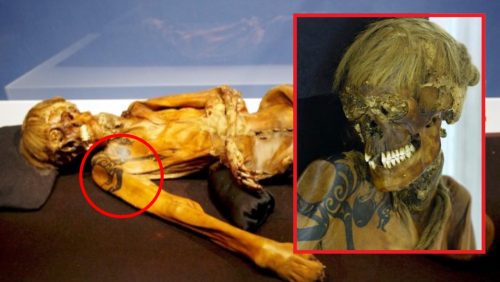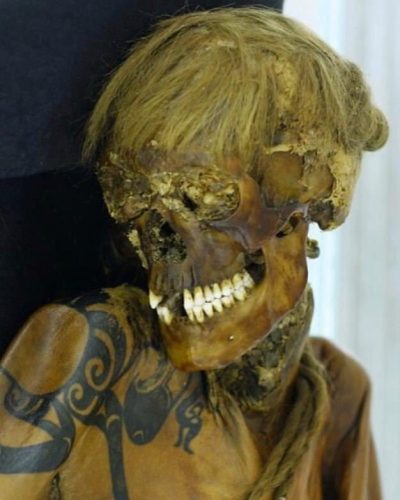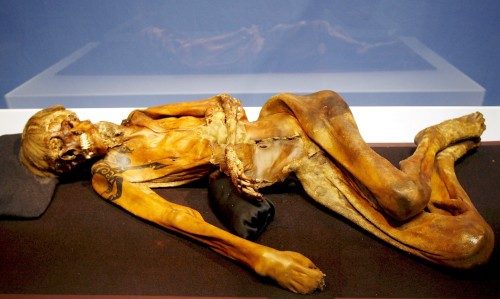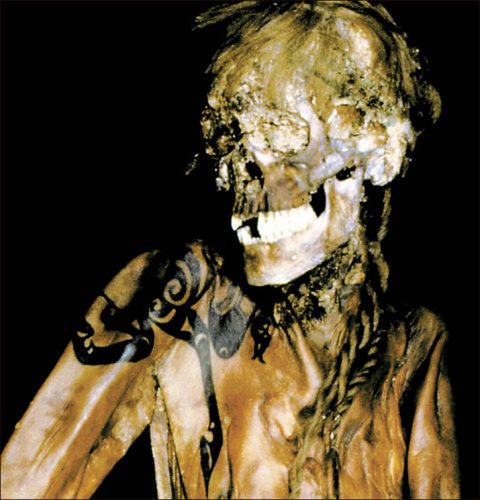
In the vast expanse of Mongolia’s Altai Mountains, a remarkable archaeological discovery has sent ripples through the world of history and anthropology. Well-preserved ancient human remains believed to belong to a Scythian Khan have been unearthed, shedding new light on the enigmatic Scythian civilization that once thrived in this region. This discovery promises to rewrite our understanding of the Scythians and their role in the ancient world.
The Scythian Khan: An Enigmatic Figure
The Scythians were a nomadic people who inhabited the Eurasian steppe from the 9th to the 1st century BCE. They were known for their fierce warrior culture, complex burial rituals, and extensive trade networks. However, much of their history remains shrouded in mystery, making the discovery of a Scythian Khan’s remains all the more significant.
The Altai Mountains have long been a focal point for archaeologists and historians due to their historical importance as a crossroads of cultures and civilizations. This region was a crucial part of the ancient Silk Road, facilitating trade and cultural exchange between East and West.
The Discovery
The discovery of the Scythian Khan’s remains was made in a remote part of the Altai Mountains by a team of dedicated archaeologists. The pristine condition of the find astonished researchers, as the remains date back over 2,000 years. The body was found in a burial mound, adorned with exquisite jewelry, weapons, and other artifacts that suggest a person of high status and importance.
Radiocarbon dating and advanced forensic techniques have confirmed the age and identity of the individual, strengthening the belief that this is indeed the long-sought-after Scythian Khan. This find is a once-in-a-lifetime opportunity to learn more about the Scythians, their culture, and their role in shaping the ancient world.
The Implications

The discovery of the Scythian Khan’s remains opens a treasure trove of opportunities for researchers. It provides a unique window into the life, beliefs, and practices of one of the most enigmatic civilizations in history. Here are some key implications of this discovery:
Understanding Scythian Culture: The well-preserved artifacts found alongside the Khan’s remains offer valuable insights into Scythian customs, artistry, and craftsmanship. Researchers can study the intricate details of their jewelry, weaponry, and clothing, shedding light on the Scythian way of life.
Trade and Exchange: The Altai Mountains played a pivotal role in the Silk Road trade routes, and the Scythians were active participants. The discovery could reveal more about the extent and nature of their trade networks, helping us better understand the ancient global economy.
Historical Context: Placing the Scythian Khan in his historical context could help clarify the Scythian civilization’s interactions with neighboring cultures, including the Greeks, Persians, and Chinese. It may also provide insights into conflicts and alliances of the time.
DNA Analysis: Advanced DNA analysis techniques can help trace the Scythian Khan’s genetic heritage and potentially shed light on the origins and migrations of the Scythian people.

Cultural Legacy: The discovery has the potential to revive interest in Scythian history and culture, making it more accessible to the general public. Museums and educational institutions may use this opportunity to create exhibitions and educational programs.
Conclusion
The discovery of the well-preserved ancient human remains of the Scythian Khan in Mongolia’s Altai Mountains is a momentous event in the field of archaeology and history. It has the potential to rewrite the narrative of the Scythians, offering new insights into their culture, trade networks, and historical significance. As researchers continue to unravel the mysteries surrounding this find, we can look forward to a deeper understanding of one of the most enigmatic civilizations of the ancient world. The Scythian Khan’s legacy lives on, waiting to reveal its secrets to those who seek to uncover the past.







